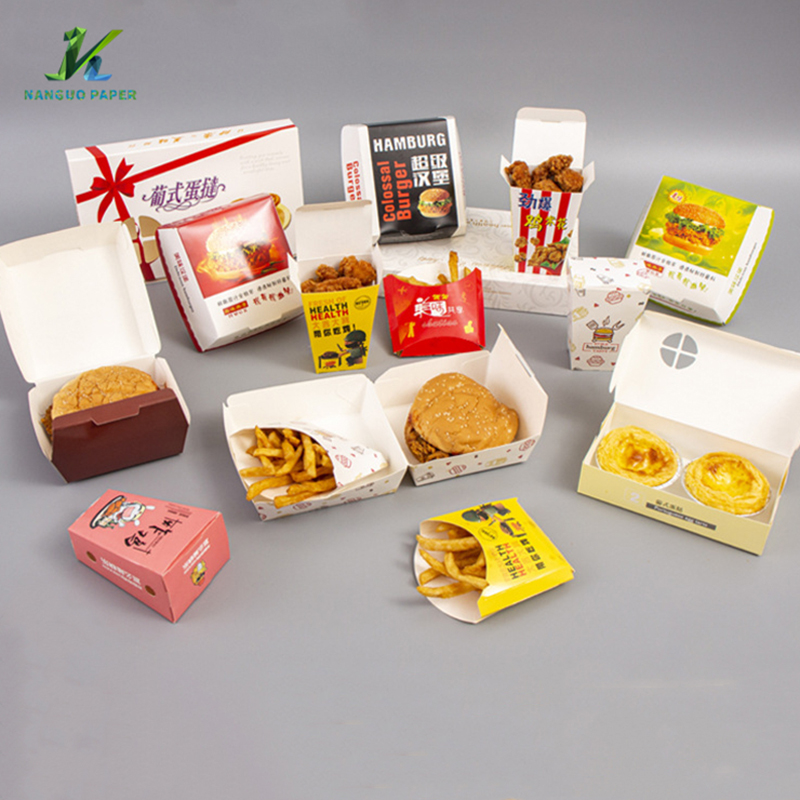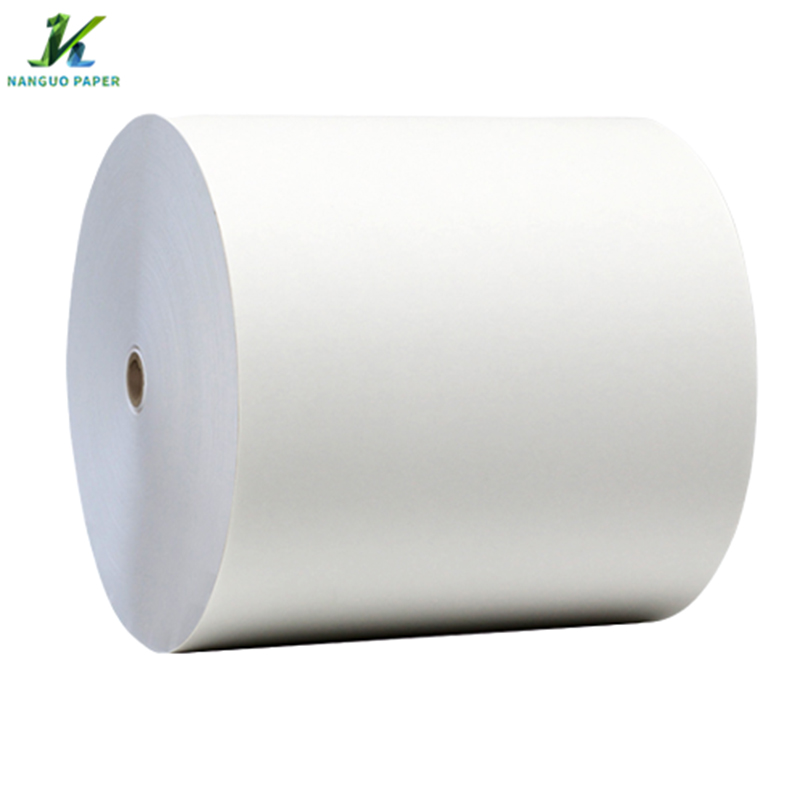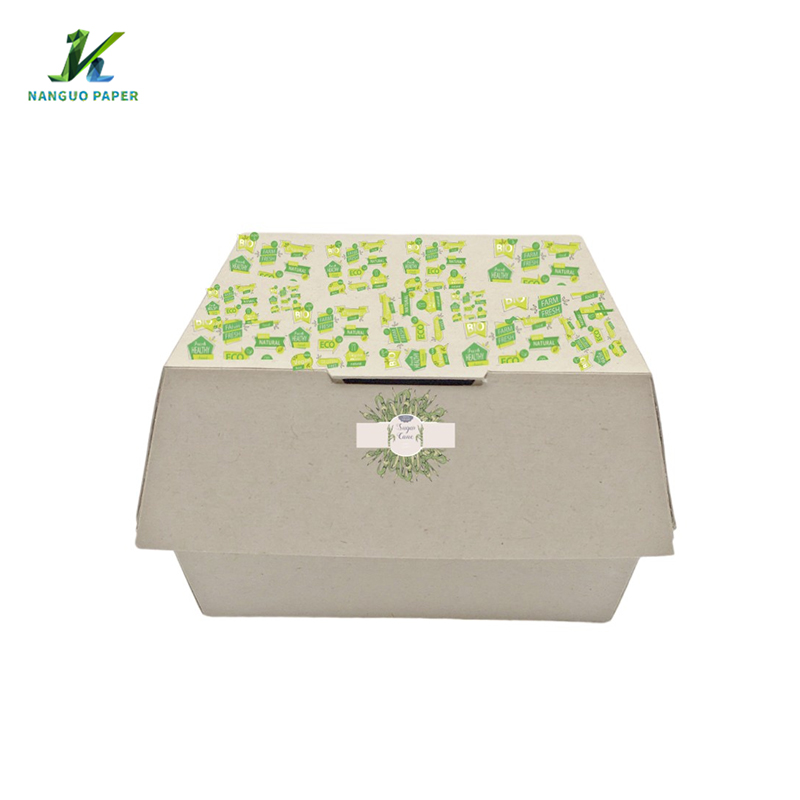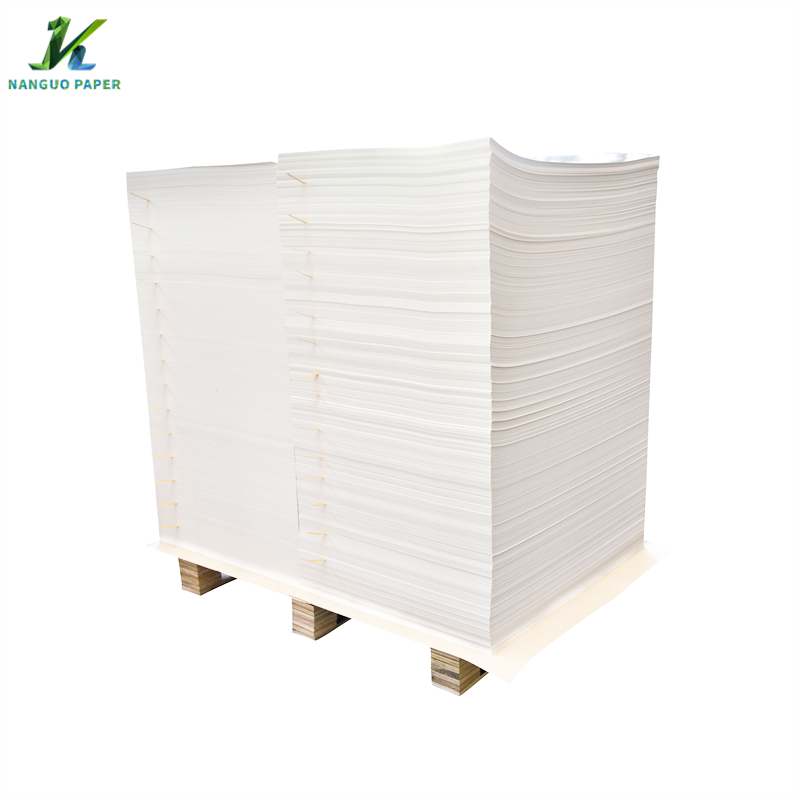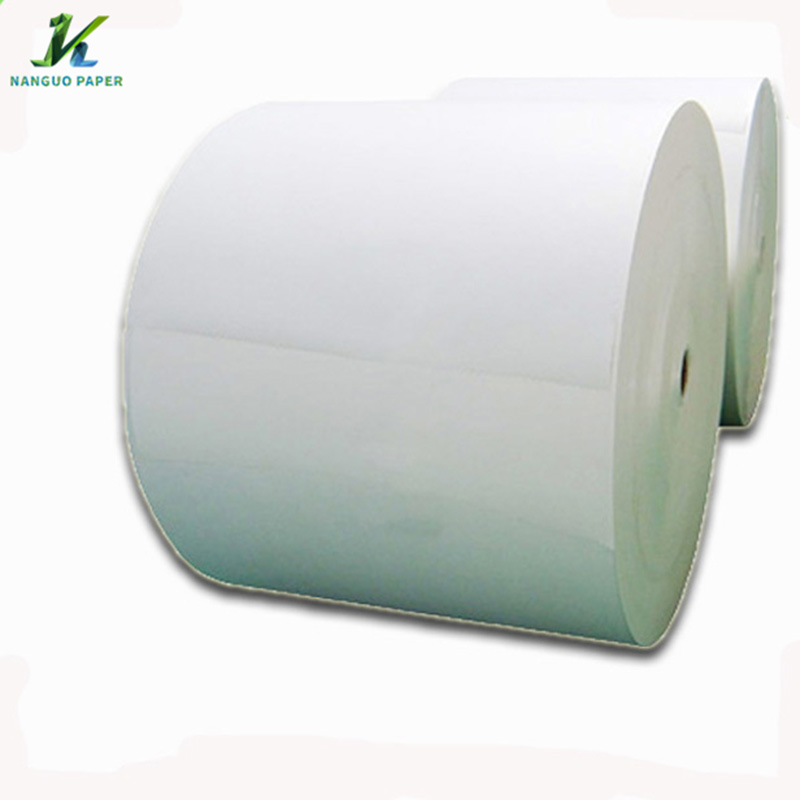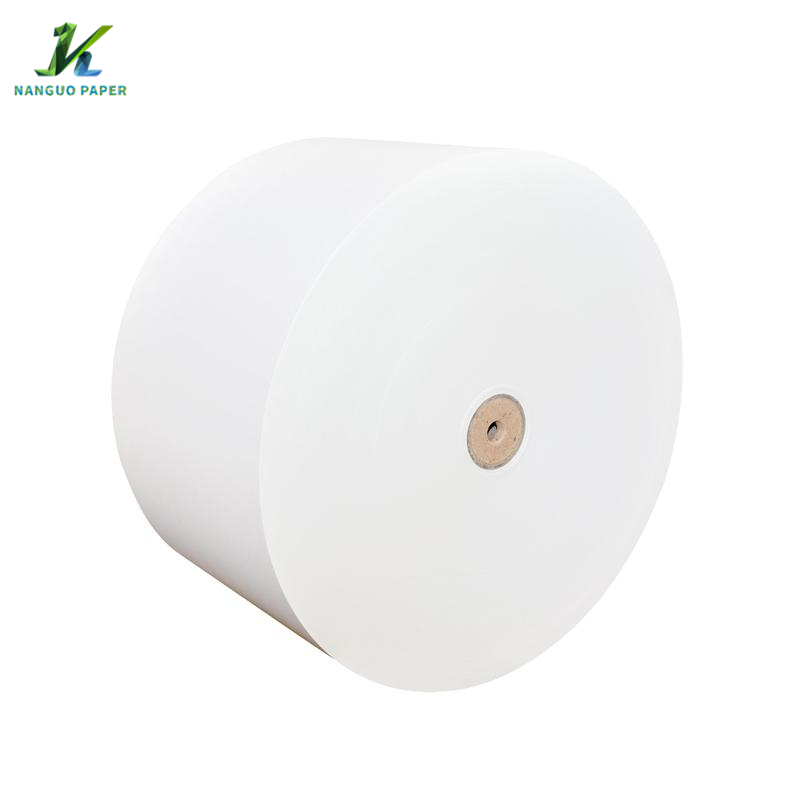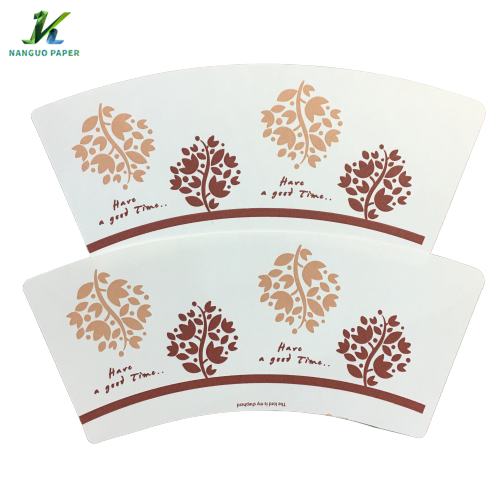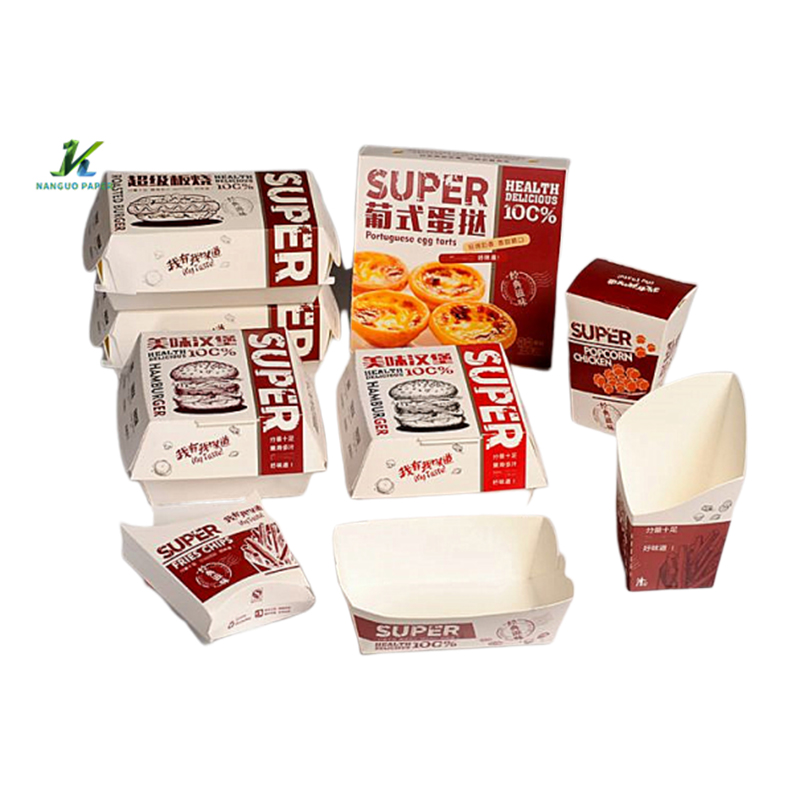Organic Packaging Materials - Factory, Suppliers, Manufacturers from China
In recent years, the global consumption of paper and paperboard has been on a continuous growth trend. According to the figures for 2022, the total amount of paper and paperboard consumed globally is approximately 417 million tons. However, with an average of about 17 trees needed to produce one ton of paper, that's about 70.8 billion trees that will be cut down each year to make paper and paperboard. This statistic brings us to the alarming fact that a large number of trees are being cut down, which could further exacerbate the effects of global warming. Organic Packaging Materials, Eco To Go Food Packs , Eco Friendly Print Packaging , Raw Material For Paper Cup ,Sustainable Bamboo Packaging . In summary, no matter from the perspective of energy efficiency, resource utilization efficiency or ecological protection, using sugarcane bagasse as papermaking raw material and converting remaining organic matter into biomass energy is a more scientific and environmentally friendly choice. Sugarcane bagasse papermaking can not only obtain high-quality pulp, but also achieve the goal of reducing wood consumption and improving resource utilization efficiency. Therefore, it is considered an environmentally friendly, green and sustainable choice of papermaking raw materials. In today's pursuit of sustainable development, bagasse papermaking will become an important direction for the future development of the paper industry. The product will supply to all over the world, such as Europe, America, Australia,Czech republic, Tunisia,Orlando, Senegal.Green packaging, also known as pollution-free packaging or environmentally friendly packaging, refers to packaging materials that are harmless to the ecological environment and human health, and are reusable, renewable and sustainable. The concept of green packaging is reflected in two aspects: protecting the environment and saving resources. The two are complementary and inseparable. Among them, protecting the environment is the core, and saving resources is closely related to protecting the environment, because saving resources can reduce the generation of waste, which actually protects the environment from the source. From a technical point of view, green packaging is an environmentally friendly packaging material made from natural plants. It is harmless to the ecological environment and human health, and is conducive to recycling, easy to degrade, and sustainable development. This means that the entire life cycle of green packaging, from raw material selection, product manufacturing to use and disposal, must comply with ecological and environmental protection requirements. To achieve green packaging, we need to start from three aspects: green packaging materials, packaging design and vigorously developing the green packaging industry. For example, paper made from bagasse meets environmental requirements. Bagasse paper can also meet the requirements that packaging on the market needs to meet. Bagasse paper can be widely used in sustainable packaging industry, printing industry and office supplies industry. For example, using sugarcane bagasse paper for food packaging can not only ensure food safety and hygiene, but also reduce the negative impact on the environment. In the printing industry, using bagasse paper to produce books, magazines and other products not only brings a good reading experience, but also reduces dependence on forest resources. In addition, the office supplies industry can also use sugarcane pulp paper to make paper, such as notebooks, letters, and envelopes, thus contributing to a green office environment. In short, green packaging is a packaging method with the core concept of protecting the environment and saving resources. It requires the use of packaging materials made of natural plant raw materials to achieve sustainable development by complying with ecological and environmental protection requirements. In practice, green packaging materials such as bagasse paper have a wide range of applications and can provide environmentally friendly choices for the sustainable packaging industry, printing industry, office supplies industry, etc., and make positive contributions to building a green society.
Related Products




